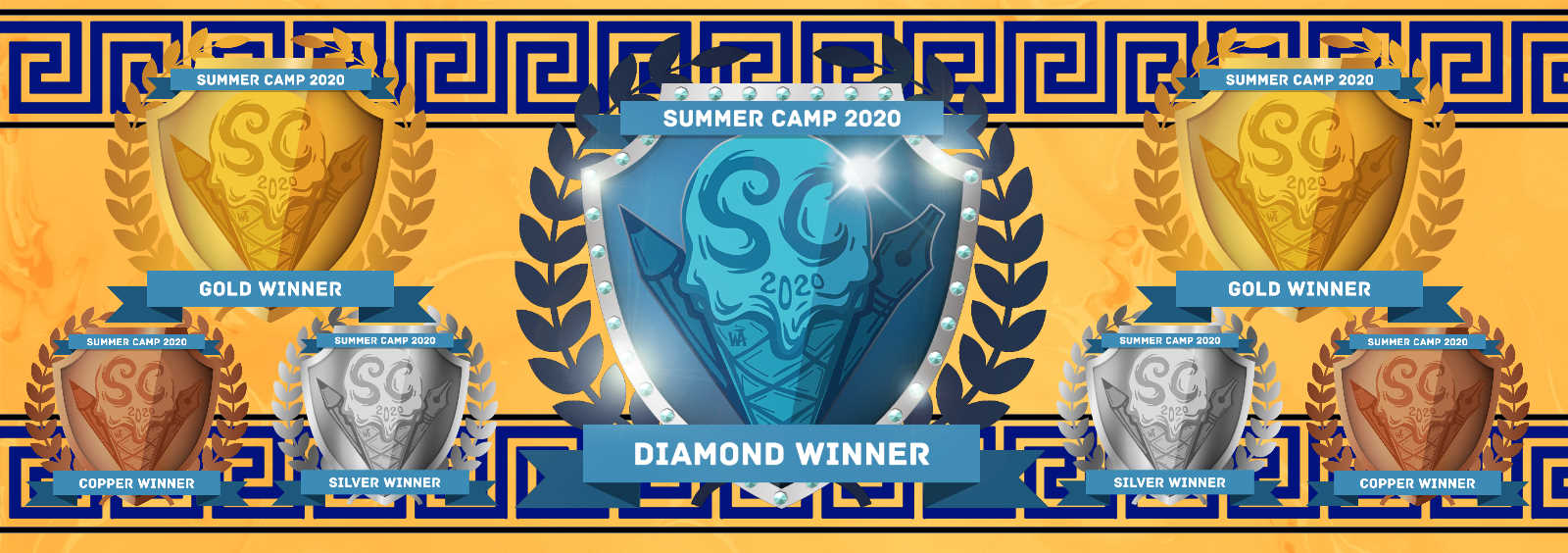Describe an elite or highly specialised military unit in your world.
The Chariot

"The Chariot Race in the Circus Maximus" (1890) by Alfredo Tominz (1854-1936)
History
When the horse was first domesticated, it provided milk and pulled carts for a long time before anyone ever thought to jump onto its back. It makes sense, therefore, that the cart would be militarized long before the horse. At least as far back as 2000 BCE, centuries before horses were re-imagined as four-legged platforms for mounted cavalrymen, those horses were instead drafted to pull souped-up battle-hardened versions of the cart. These war-carts came to be known as chariots.Construction
The design of the chariot was deceptively simple: a pair of spoked wheels on an axle, supporting a lightweight platform with protective basket, all yoked to two or more horses. In practice, each of these elements was refined and perfected to give one army an advantage over its adversaries. In a chariot battle, a slightly more stable platform, more durable wheels, lighter construction, or better reinforcement could be all the difference between victory or defeat.The Chariot in Battle
The war chariot held two warriors. The first, called the charioteer, drove the horses and held the weapons for the second, the elite warrior who was probably of royal blood and wealthy enough to own the entire chariot-horse-and-weapon set. Essentially, the charioteer served as a glorified taxi driver whose job was to drop the elite warrior into the battle, or to ferry the wounded back to camp. While it was possible to shoot an arrow or throw a spear from a moving chariot, this was a rare practice. The unpredictable motion of the horses and cart over uneven terrain made it difficult to line up a shot. However, if the momentum of a chariot at top speed could be added to the momentum of a spear, the result could well be an armor-shattering impact.The Chariot in Sport
Chariots were raced against each other for training, for bragging rights, and during the funeral games that decided who could lay claim to a dead warrior's best stuff. The chariot race combined speed with maneuverability by including a post that contestants had to circle around before returning to the finish line. This post is the origin of the term "turning point" that is used today to describe act breaks in movies or novels. Chariot races were also included in the Olympics and other games and festivals. Another popular sport involved jumping from a moving chariot. Successful competitors were able to land on their feet while carrying a spear. Unsuccessful competitors might not survive the attempt.Chariots as Wealth
When not actively engaged in battle, the chariot was stored in its various interchangeable parts. But even in storage, the number of chariots a ruler could boast about owning was a matter of bragging rights or intimidation. And if an infusion of funds were ever needed, a ruler's chariots could be traded for other forms of wealth.Chariots as Deterrent
Like nuclear missiles in the 20th and 21st Centuries, Bronze Age chariots could be assembled in alarming numbers in the hope that their mere existence would prevent them from ever being used. The chariot, in sufficient numbers, could win a war by deterring enemies from attacking and preventing the battle from happening in the first place.Chariots of Fire
The sun god, Helios, was imagined to be driving a Sun-Chariot across the sky each day. As the most highly valued, fastest, and most technologically advanced vehicle of its day, the chariot was a natural conveyance of choice for the gods. Helios's sister, the moon goddess Selene, drove a silvery chariot along the same path. And when the gods went to war, Athena arrived in a chariot with Hera serving as her driver.On This Page:
Elsewhere:
Join World Anvil to subscribe to updates.

Comments